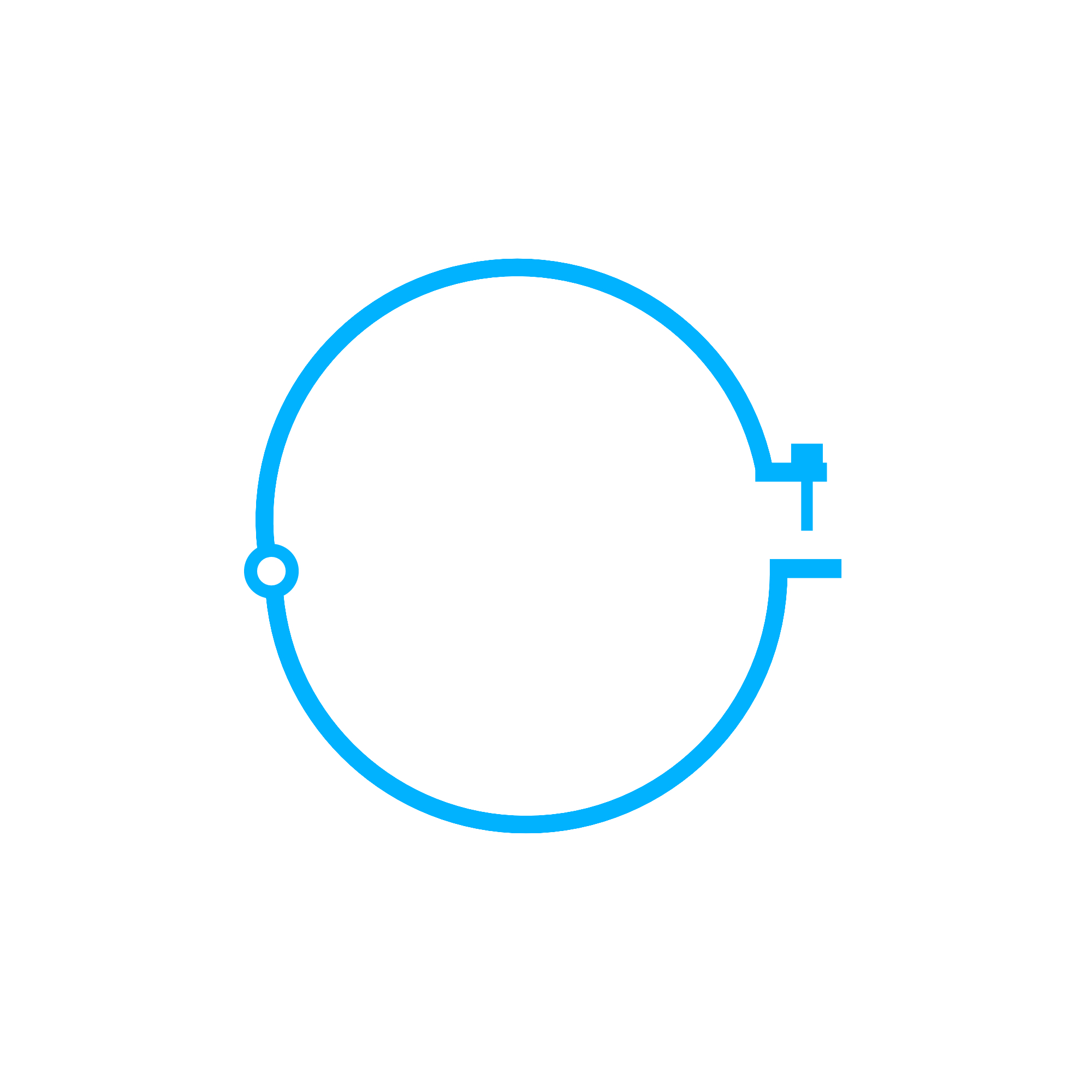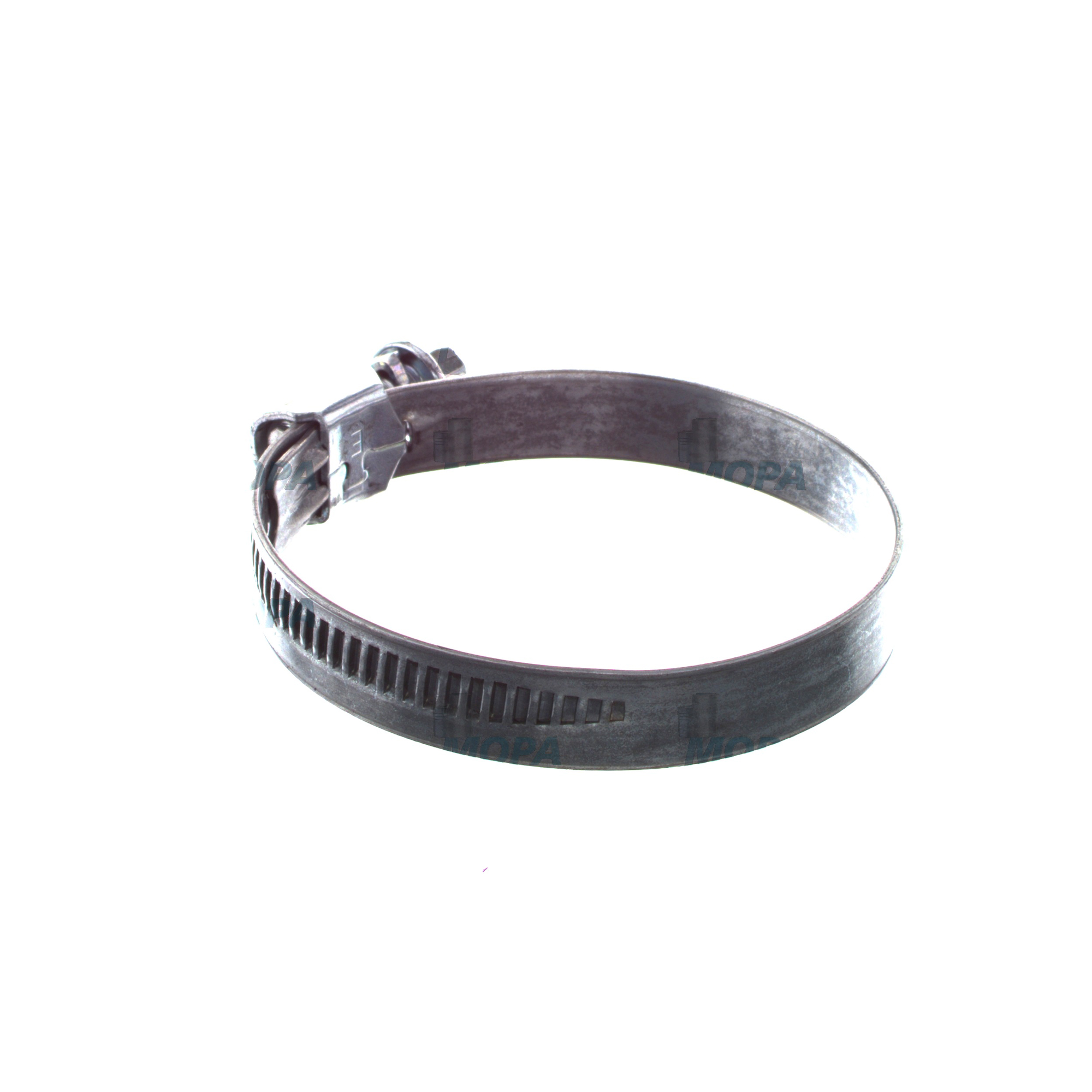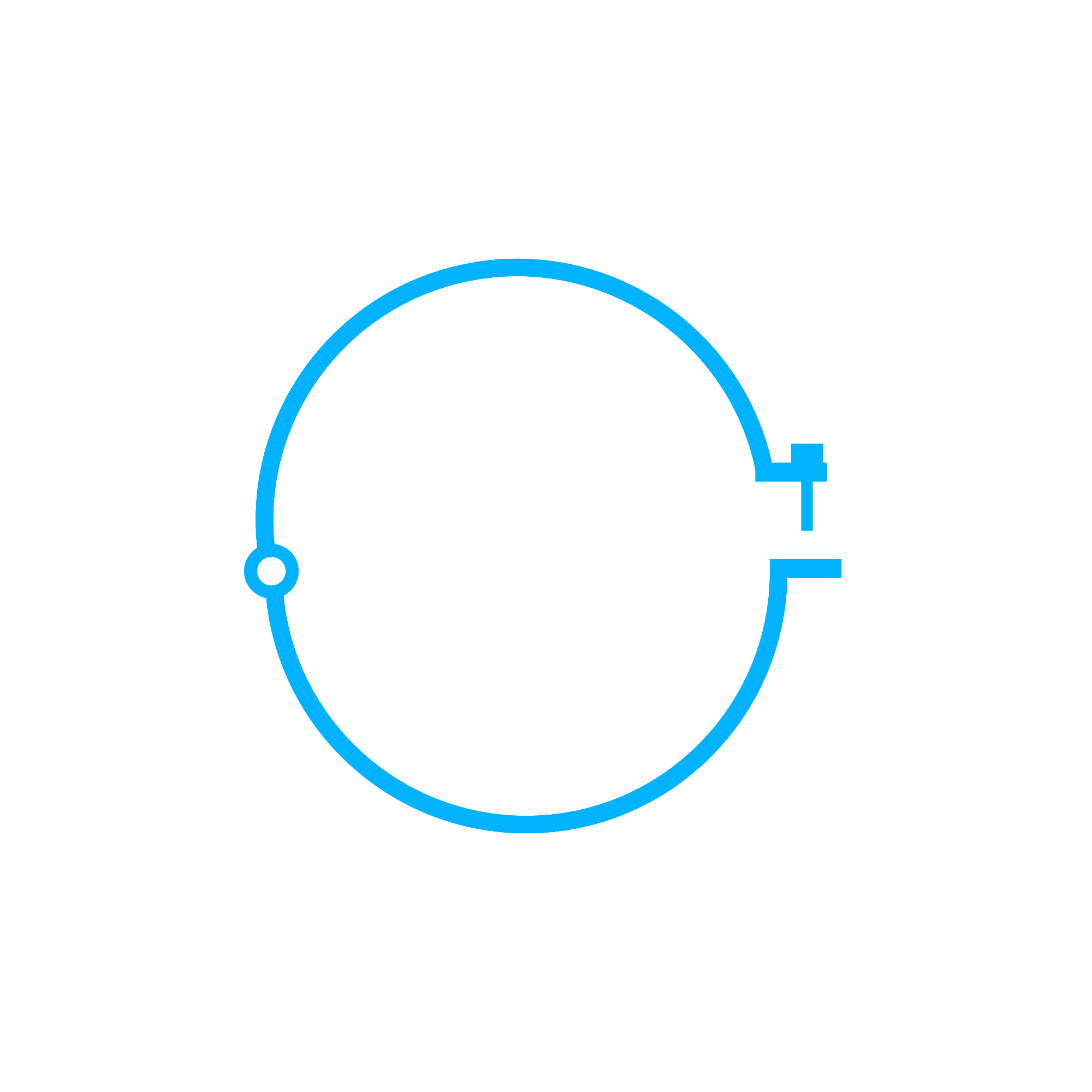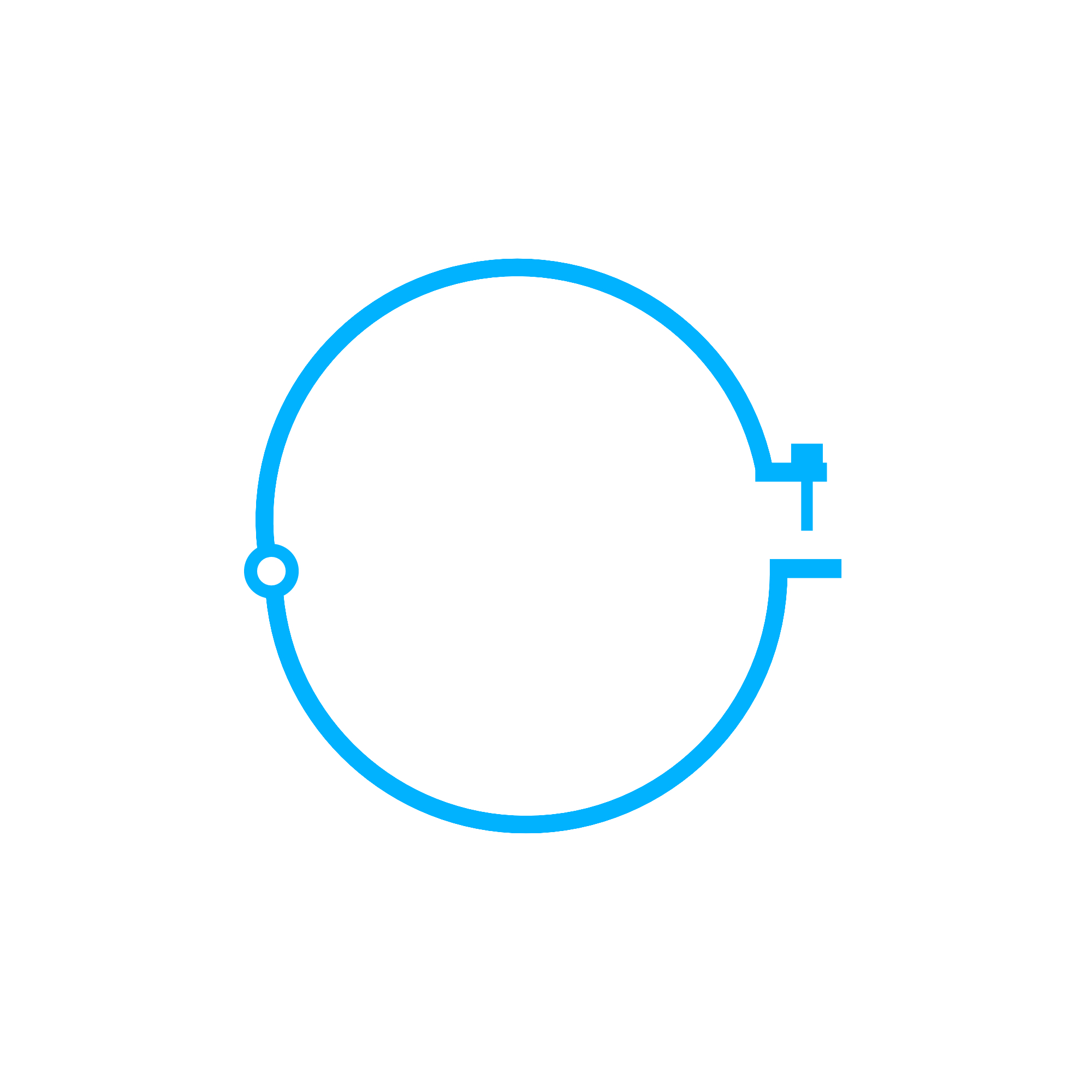CLAMP solutions: Clamps for marine and diesel engines
Clamps are precision fastening components that secure hoses, pipes, ducts, and lines across every fluid and air system in an engine. In marine engine rooms and on high-output diesel engines, the right clamp maintains pressure, prevents leaks, and keeps critical connections stable under vibration and thermal cycling. Though compact and often overlooked, clamps are fundamental to reliable sealing of charge air, coolant, lube oil, fuel, and exhaust interfaces—directly influencing engine performance, efficiency, emissions, and safety.
Within propulsion plants, gensets, and auxiliary units, the article category “Clamps” spans worm-drive and T-bolt hose clamps, constant-tension spring clamps, V-band couplings for turbocharger and exhaust joints, P-clamps for pipe support, and specialized injection line clamps. Engineered materials—commonly 316/316L stainless, precipitation-hardened alloys, or zinc-nickel coated steels—provide corrosion resistance against seawater, fuel, oils, and cleaning agents. Design details such as rolled band edges, micro-serrated bands, and wide contact surfaces protect elastomers and composites, ensuring stable clamping force over thousands of operating hours.
Technical function of CLAMP components in a diesel engine and marine engine
A CLAMP in a diesel engine secures the interface between a flexible or rigid connection and a fitting—maintaining uniform radial load so the joint remains sealed despite pressure pulsations and thermal expansion. For charge-air systems, T-bolt or constant-tension clamps hold silicone hoses to aluminum piping and intercoolers; proper load distribution prevents boost leaks that would reduce turbo efficiency and increase exhaust temperatures. V-band clamps couple turbocharger housings to exhaust manifolds and pipes, providing high axial retention with fast, tool-efficient serviceability—critical in confined marine spaces.
In cooling circuits, spring-band designs accommodate temperature swings, sustaining clamp force as hoses expand and contract. On fuel and lube systems, narrow-profile clamps and injection line clamps stabilize fine tubing, limiting fretting and vibration-induced fatigue. Exhaust and EGR joints rely on high-strength V-band CLAMP assemblies to maintain sealing even under thermal shock. Across these systems, CLAMP OEM parts are engineered with defined bandwidths, thread pitches, and bolt strengths to achieve target preload at specified torque, reducing the need for frequent re-torque and minimizing risk of hose cold-flow or connection creep.
· High holding force under vibration and thermal cycling
· Uniform circumferential load to protect hoses and liners
· Corrosion-resistant materials for marine environments
· Precise torque-to-tension behavior for repeatable preload
· Options for constant-tension and spring compensation
· V-band solutions for turbocharger and exhaust joints
· Damage-reducing features like rolled edges and smooth bands
· Secure retention that supports performance and safety
Importance of CLAMP condition for engine reliability and service life
Clamp integrity directly affects uptime. A loose or degraded CLAMP on a charge-air hose can cause boost loss, higher fuel consumption, and soot loading. Coolant leaks compromise thermal stability, leading to overheating and accelerated liner wear. On fuel systems, insufficient clamping risks atomized sprays and fire hazards; on lube systems, minor weeps escalate into contamination, slipping hazards, and environmental exposure. In exhaust paths, a weakened V-band can cause misalignment, gasket blowouts, and dangerous hot-gas leaks.
Marine engines face salt-laden atmospheres, constant vibration, and frequent thermal cycles. Corrosion, band embrittlement, or thread galling reduce residual clamping force; elastomer set in hoses can lower interface pressure if clamps lack constant-tension behavior. Regular inspection for corrosion, band cracking, and thread wear, combined with timely replacement using the correct CLAMP specification, preserves system tightness, maintains performance margins, and extends service intervals.
Advantages of OEM spare parts suitable for CLAMP applications
Choosing OEM spare parts suitable for CLAMP applications secures predictable performance where tolerances and material grades matter. Dimensional accuracy—band width, curvature, bridge profiles, and screw geometry—ensures even load distribution and reliable seating on engine-maker fittings. Material traceability and defined heat treatment deliver consistent spring rates and tensile strength, so installed preload matches engineering intent. Surface finishes and coatings are selected for crevice corrosion resistance in warm, chloride-rich environments found on vessels.
With CLAMP OEM parts, torque values, preload windows, and compatible hose materials are known and documented. This reduces installation variability, minimizes rework, and helps avoid premature hose damage or joint relaxation. The result is higher system efficiency and fewer leaks, directly lowering total lifecycle cost by preventing unplanned stoppages and environmental incidents.
Procurement benefits are equally tangible: the correct CLAMP part number matches the engine family, routing geometry, and service procedures, simplifying maintenance planning and spares inventory. Consistency across fleets speeds crew training and reduces the risk of mixing incompatible parts. For operators balancing budget and reliability, these factors translate into predictable outcomes and extended service life.
CLAMP OEM parts for turbocharger and high-temperature joints
Turbocharger outlets, mixer sections, and EGR connections demand V-band CLAMP solutions with high-strength bolts, precision latches, and creep-resistant bands. OEM specifications address flange angles, bead profiles, and thermal growth—critical to prevent exhaust leaks, power loss, and heat damage to adjacent components. Using the specified CLAMP for these joints preserves turbo efficiency and protects downstream catalysts or scrubbers on marine engine installations.
MOPA as your partner for CLAMP OEM parts for diesel and gas engines
MOPA supplies OEM spare parts suitable for Clamps with a focus on speed, quality, and security in global trade. From hose clamps for cooling and lube circuits to V-band assemblies for turbocharger and exhaust sections, MOPA supports marine engine and gas engine operators with responsive sourcing, stringent quality checks, and reliable logistics. Technical specialists assist with cross-referencing part numbers, choosing corrosion-resistant materials for your operating profile, and consolidating orders to minimize downtime.
Whether you manage a single diesel engine genset or a multi-vessel fleet, MOPA streamlines procurement of CLAMP OEM parts—covering established engine platforms and ensuring that critical connection points are maintained to specification.
Conclusion: CLAMP components and OEM spare parts
Clamps are small but decisive elements that safeguard pressure, flow, and safety across marine and diesel engine systems. Selecting OEM spare parts suitable for CLAMP applications preserves performance, reduces leakage risks, and extends service life while optimizing maintenance budgets.





